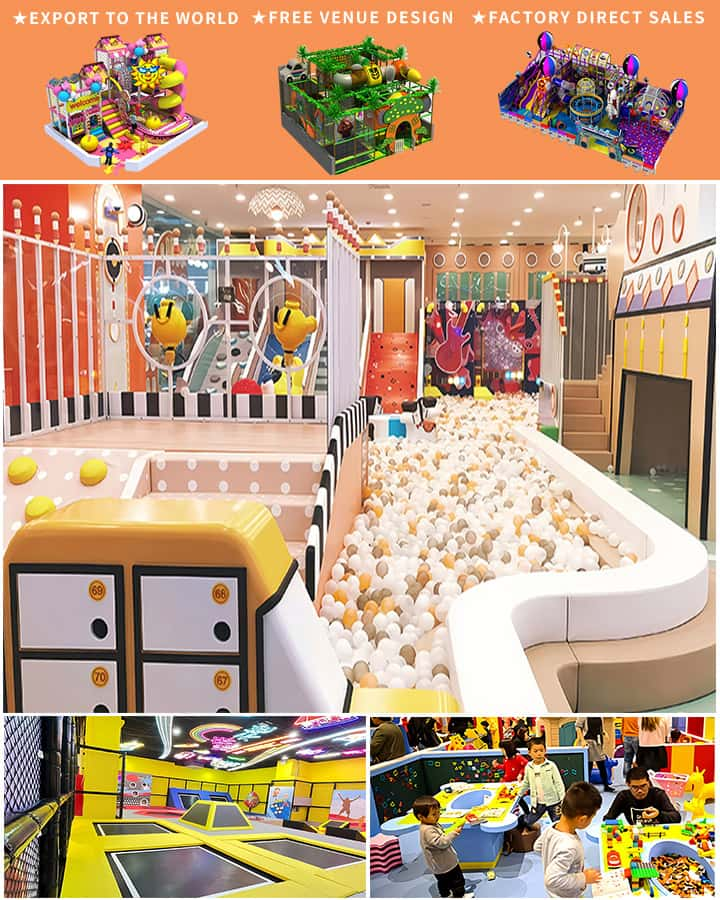Creating a vibrant, safe, and engaging kids’ play area is essential for fostering physical activity, social interaction, and overall childhood development. Whether you’re designing a backyard haven, a community park, or an indoor play space, thoughtful planning is key to ensuring that the play area meets the needs of children while also providing peace of mind for parents and caregivers. Here are some crucial considerations to keep in mind when designing the ultimate kids’ play area.
1. Safety First
Safety is paramount in any play area designed for children. The materials used should be non-toxic and free from sharp edges or hazardous components. Ensure the ground surface is soft and shock-absorbent, such as rubber mats, wood chips, or sand, to cushion falls. Additionally, playground equipment must meet safety standards and be securely anchored to prevent tipping or other accidents. Regular maintenance checks should be conducted to identify and rectify potential hazards promptly.
2. Age-Appropriate Design
Children of different ages have varying needs and abilities. An ideal play area should cater to a range of age groups by incorporating diverse structures and activities. Toddlers might enjoy gentle slides and small climbing frames, while older children may seek more challenging elements like taller climbing walls or zip lines. Modular play structures can offer scalable fun, allowing kids to progress and challenge themselves as they grow.
3. Inclusive Features

Inclusivity matters. A well-designed play area accommodates children with varying physical abilities, including those with disabilities. Incorporate wheelchair-accessible pathways, adaptive play equipment, and sensory-rich experiences that all children can enjoy. Consulting with organizations specializing in inclusive design can provide valuable insights into creating a welcoming environment for every child.
4. Stimulating Environment
An engaging play area stimulates creativity, imagination, and physical coordination. Natural elements like water features, sandpits, and gardens encourage exploration and environmental learning. Interactive installations, such as musical instruments or light-up features, add an element of surprise and delight. Thoughtfully placed shade structures and seating areas provide spaces for relaxation and social interaction, encouraging kids to take breaks without leaving the play area entirely.
5. Educational Opportunities
Learning through play is one of the most effective ways for children to develop cognitively and socially. Integrating educational elements into the play area—like alphabet puzzles, number games, or science-themed installations—can make learning fun and organic. Storytelling corners or themed zones (e.g., pirate ships, fairy tale forests) can spark imaginative play and cultural understanding.
6. Community Involvement
Involving the community in the planning process ensures that the play area reflects local interests and needs. Host workshops or surveys to gather input from parents, teachers, and children. Community-led initiatives not only result in a more tailored play area but also foster a sense of ownership and pride among residents.
7. Durability and Sustainability
Sustainability in play area design is increasingly important. Choose durable materials that withstand heavy use and resist weather changes to reduce replacement frequency and costs. Consider eco-friendly options such as reclaimed wood or recycled plastic. Native landscaping reduces maintenance needs and supports local wildlife, adding an educational component about ecosystem preservation.
8. Maintenance and Supervision
Regular maintenance keeps the play area safe and appealing. Set up a schedule for routine inspections and repairs, and ensure that cleaning protocols are in place to maintain hygiene standards. Adequate supervision is also crucial. Trained personnel or responsible adults should monitor the area to intervene if necessary and help mediate conflicts among children.
Conclusion
A well-designed kids’ play area can significantly impact a child’s development, offering endless opportunities for physical exercise, socialization, and learning. By prioritizing safety, inclusivity, engagement, and sustainability, we can create environments where children thrive and communities come together. Whether it’s a small backyard or a large public park, investing in quality play areas today lays the foundation for healthier, happier future generations.




